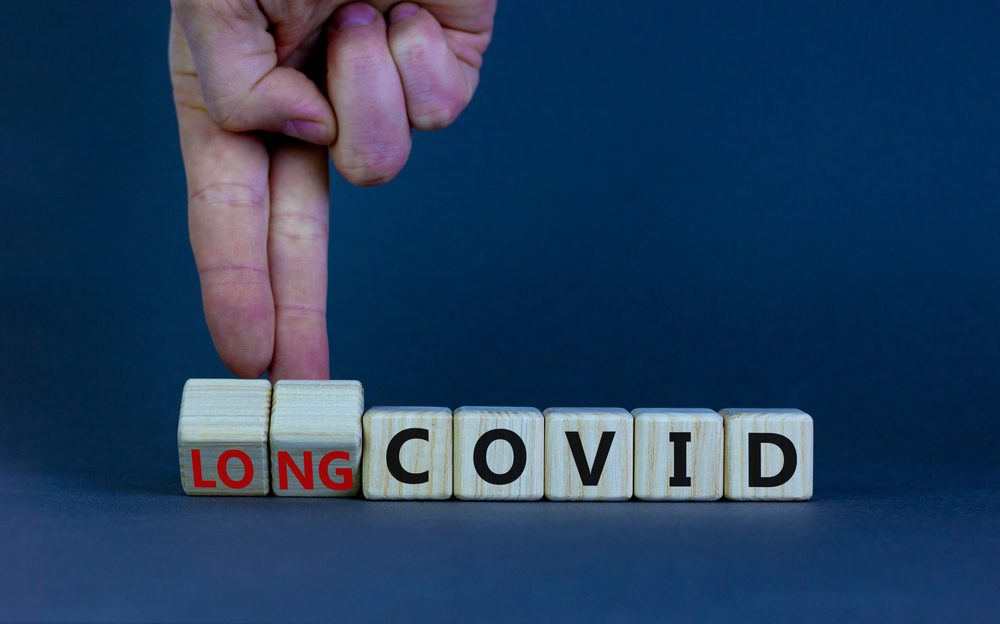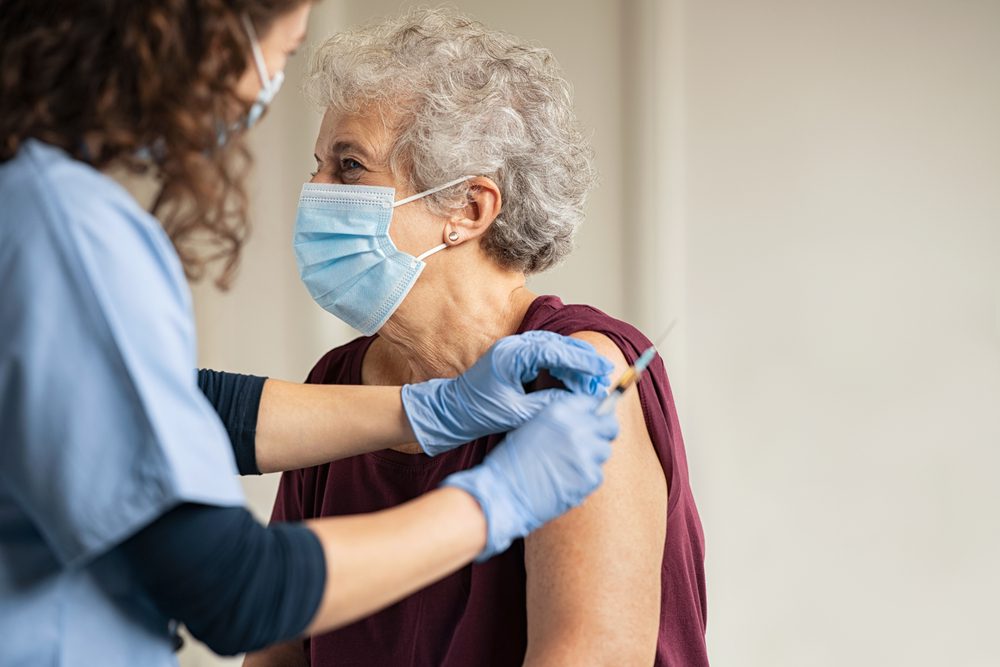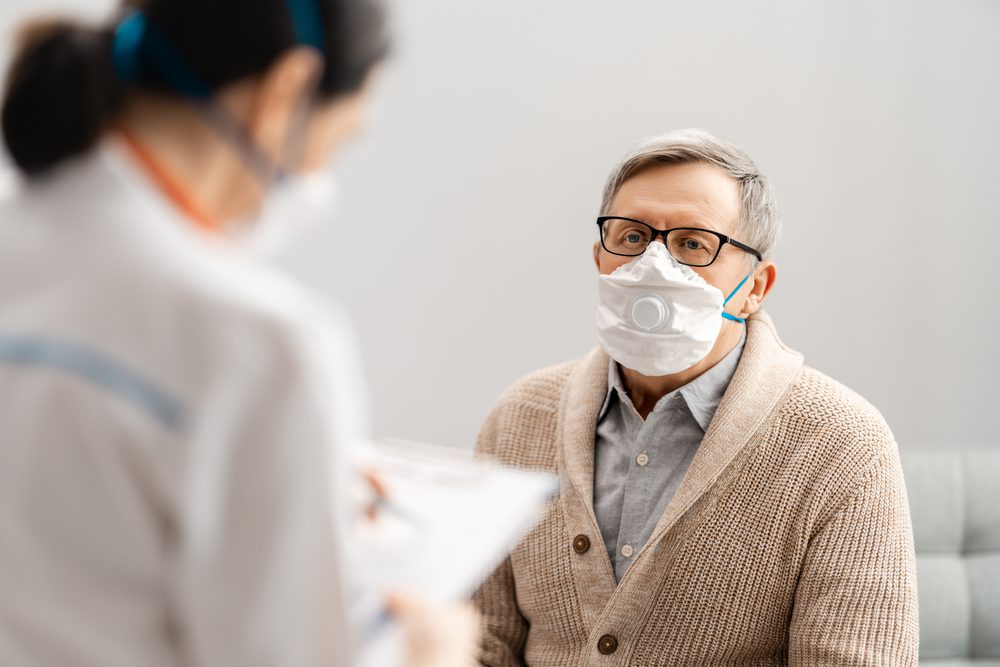
Kidney cancer
With how important and sensitive the kidneys are, you would think that anything wrong with them would be detected earlier. However, when we talk about kidney cancer, the early stages are pretty hard to pinpoint.
Not only is the situation similar to when you have kidney stones (until you feel horrible due to the pain, it’s hard to tell you have one), but the symptoms end up appearing when the tumor is already pretty big. Not to mention, they are common with other types of diseases.
Some of the most commonly reported symptoms of kidney cancer often include chronic fatigue, lower back pain, and unexplained weight loss. These are notorious for being ignored by patients until they become debilitating. Another common symptom is blood in the urine.
Chris Fikry, MD, explained that kidney cancer is so hard to pinpoint both due to the fact that the kidneys are deep inside the body and that any early stage tumors are too small to be seen or felt at an annual physical exam, but also because patients who aren’t thought to be at risk of developing kidney cancer are not recommended for screenings.
People who are thought to be at an increased risk of developing this type of cancer generally have other inherited conditions that are known to cause cancer growth and generally trigger tumor appearances.
Some of those conditions are Birt-Hogg-Dubé syndrome, Von Hippel-Lindau syndrome, and hereditary papillary renal cell carcinoma.
In patients that have these conditions, doctors generally recommend getting regular imaging tests such as tomography or magnetic resonance imaging (MRI) to look for any growing tumors on the kidneys.
However, the chance of being recommended for such expensive procedures without a preexisting condition is quite slim. This is exactly why you shouldn’t ignore any persisting pains and go see a doctor!


























5 thoughts on “Early Stage Cancer: 7 Types That Are Almost Impossible to Detect”
I survivrd a 1.5 X 1.7 cm pancreatic adenocarcinoma in the bile duct of the pancreatic head. The way I knew it was there, despite lack of symptoms was as follows:
I had a sonogram of the adominal area for another reason—which turned out negative for what the dr. thought was happening. I had no symptoms. the radiology report listed an observation of “dilated pancreatic main duct”. As I usually do, I looked up what this meant. It said that there was an 80% chance a neoplasm would start to grow in that duct. It could be malignant or benign or start out as benign and become malignant. My grandmother died of pancreatic cancer. I had been treated for a very small adenocarcinoma called “non mammary pagets disease” in the outer vulva. I read all sorts of info. Included was a statement from surgical oncologists that non mammary paget’s usually occurs secondary to another cancer. Since previous med center ct’s and sonograms showed no cancers y oincolgist for the paget’s figured there was no other cancer. I also read that with pancreatic cancer you can have it for 10–15 years before it actually reveals itself—also it cannot be seen on a ct unless it is larger than 1/2 cm.
When you are awake your conscious mind is in charge; when you are asleep the subconscious mind is in charge. What the sub conscious mind does when you are asleep is to figure out the significance of all the information you have in your mind. When I woke up I knew I probably had a cancer in the pancreatic duct—so at the check up for the paget’s I told that gynecological oncology surgeon to do a ct scan because I was sure there would be a pancreatic cancer there and I was refusing to die from pancreatic cancer. He had the ct scan done. We drove home from MSK in NYC the next day (about 300 miles). 2 days later I was called to return for a more finely descriminating ct—-and 2 days after that one was called and told that I had an appointment with the head of the hepatobilliary dept.—who when I met him said—You have cancer—youre getting surgery–then chemo and radiation. Ireplied calmly “I know” because I had gotten the radiology report and read every thing I could about this. 😊 The doctor said ” are you one of those people who likes to read about everything that’s going on?” I said “yes” so he handed me a 68 page print out about every detail of the whipple procedure and after care etc.
So it is good for people to get preventive checkups, evenbuying their own tests and reeading what the significance of the test and all results means—BUT I have to admit–this whole diagnosis was sort of part luck. I was also wondering if since I’s been doing Qi Gong, Tai Chi, and some martial arts for years if I somehow had a closer connection between my mind and body—which sound really weirs, but anyway I am glad some very brilliant scientists have researched ways to survive the after effects of chemo and radiaiton because unfortunatley the cures soome timmes kill you later on.
That was 4 1/2 yearas ago. I am currently using off label d oses of rapamycin and disanitib and quercetin. Why? Research shows an answer tot the question”why do people with a cancer later get another one?” The answer. Excessive mTOR type 1 and excessive scenecent cells ( nicknamed Zombie cells by the researchers). The rapamycin stops your body from amking more scenecent cells and stops cardiomyopathy, and prevents fibrosys of the heart , lung and muscles (which are all side effects later from chemo). The D and Q kills the remaining excessive scenecent cells and alklows your body to make new mesenchymal stem cells. This is calle d a senolytic. The other senolytic uis fisetin. There are specific protocols for these 3 things and a dr. is required to supervise your use and results and to prescribe the rapamycin and the disatinib. I am currently in excellent health even though I am 74 and the survival rate for what I had is very low.
You are my hero along with my friend, Dee, who found the disease early and had Whipple surgery (which sounds like an ordeal in itself). Dee works out with CrossFit and was recently declared the 26th strongest 65 year old woman in the world. God love her. Sadly, my brother was diagnosed with Stage 4 and passed last November at age 63. Here’s to you and Dee – two incredible women who were meant to conquer that cruel disease!
How did you gain the opportunity for a doctor to prescibe those medications and does your insurance cover the expense?
My wife was diagnosed in April of 2014 with Ovarian cancer. True to form, she was the top of stage three and was give 6 months. The cancer had no idea how tough this woman was. She went through chemo, then surgery, then chemo again. She made it for 27 months after that day.
She taught for 40 years. She was a wife, a mother, a teacher, a community leader, and a good person. we were married for 43 1/2 years.
CDC shows an alarming rise in RARE CANCERS post COVID shots. A 3900% increase!!!
Please note , an increase POST SHOT[COVID} in young males between 15 to 30 years old, a 3000% increase in sudden death. This is on the CDC website. Thank you Dr. {I can recite the entire “JABBERWOCKY poem” Fauci for your shoving poison down our throats with all of your lies.
Most appreciated.